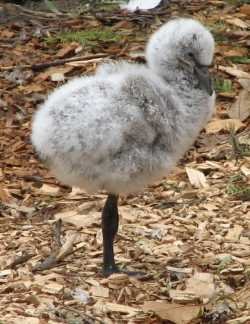 One of my grandson's distance learning assignments was to watch a video about flamingos. They are such lovely creatures! We wanted to share the interesting facts we learned with you!
One of my grandson's distance learning assignments was to watch a video about flamingos. They are such lovely creatures! We wanted to share the interesting facts we learned with you! Average, 10 Qns, ponycargirl,
May 09 21
 One of my grandson's distance learning assignments was to watch a video about flamingos. They are such lovely creatures! We wanted to share the interesting facts we learned with you!
One of my grandson's distance learning assignments was to watch a video about flamingos. They are such lovely creatures! We wanted to share the interesting facts we learned with you! |
|
 = Top 5% Rated Quiz,
= Top 5% Rated Quiz,
 Top 10% Rated Quiz,
Top 10% Rated Quiz,
 Top 20% Rated Quiz,
Top 20% Rated Quiz,
 A Well Rated Quiz
A Well Rated Quiz
· All questions, answers, and quiz content on this website is copyright FunTrivia, Inc and may not be reproduced without permission. Any images from TV shows and movies are copyright their studios, and are being used under "fair use" for commentary and education.